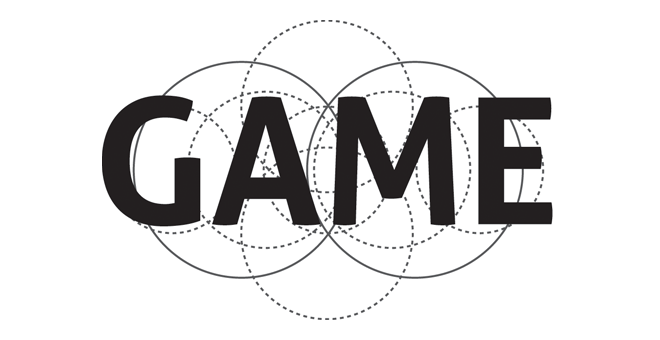The second issue of G|A|M|E investigates 3D technologies and their implications for the video game world. The concept of 3D, in this context, refers to both stereoscopy and, more generally, tridimensional systems of representation that have been dominant in video games since the early 1990s. The contributions to this issue ...
Taking space literally: reconceptualizing the effects of stereoscopic representation on user experience
PDF Download
Recently, cinemas, home theater systems and game consoles have undergone a rapid evolution towards stereoscopic representation with recipients gradually becoming accustomed to these changes. Stereoscopy techniques in most media present two offset images separately to the left and right eye of the viewer (usually with the help of ...
From M.C. Escher to Mass Effect: impossible spaces and hyper-real worlds in video games. How can hyper-real worlds be designed and interpreted in a 2D, 2.5D and 3D virtual environment and how will this implementation affect the stereoscopic 3D video games of the future?
PDF Download
Game developers, even during the early years of game design, have always searched for new and interesting ways of creating more elaborate, immersive and realistic environments for their video games.
Even the MUD’s (multi-user dungeons), designed in the late 1970s, such as Roy Trubshaw’s MUD1, implemented such interesting ways ...
A new angle on parallel languages: the contribution of visual arts to a vocabulary of graphical projection in video games
PDF Download
It is fair to argue that in the short history of game studies, the concept of graphical projection has not been used in all its dimensions. In a way, we might even say that the idea has been systematically overlooked. Therefore, in order to fully express the potential ...
The production of subject and space in video games
PDF Download
Despite the dominant view that distinguishes video game space from other spatial representations as navigable space, someone who engages with the screen space of a video game must first and foremost rest at an ideal viewing spot in physical space, which is in accord with the requirements of ...
Reverse-engineering graphical innovation: an introduction to graphical regimes
PDF Download
Technological innovation in the video games industry is a rich area of research that has barely been explored as of yet. [endnote See Arsenault, Côté, Larochelle and Lebel's paper Graphical Technologies, Innovation and Aesthetics in the Video Game Industry: A Case Study of the Shift from 2D to ...
Polygons and practice in Skies of Arcadia
PDF Download
This paper features research carried out at the Victoria and Albert Museum into the design history of Sega’s 2000 Dreamcast title, Skies of Arcadia (released in Japan as Eternal Arcadia). It was released by Overworks, a subsidiary of Sega, at an interesting point in Japanese computer game history. ...
Graphical technologies, innovation and aesthetics in the video game industry: a case study of the shift from 2d to 3d graphics in the 1990s
PDF Download
For a decade now, game studies have steadily progressed and covered ever more ground in the fields of humanities, arts and culture. An important dimension of video games, however, is still left unaccounted for: the dynamics of innovation in the games industry. Searching for innovation in the Title ...
Digital aesthetic forms between cinema and television: the need for new research directions
PDF Download
A. Twentieth [note Enrico Menduni, Antonio Catolfi, paper presented at Consulta Universitaria del Cinema annual Conference: En sortant du cinéma. Gli studi di cinema oltre in cinema, Università Roma Tre, Aula Magna, July 5, 2012. Enrico Menduni wrote the first paragraph, Antonio Catolfi wrote the second paragraph. Both ...

